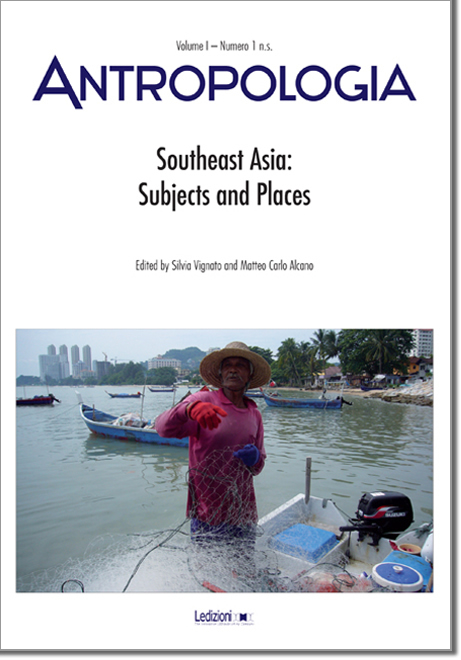Studying Linguistic and Cultural Contact in Borneo: Prospects and Challenges
DOI:
https://doi.org/10.14672/ada2014255%25pParole chiave:
Borneo, classification, languages, Kenyah, Punan, PenanAbstract
In the variegated landscape of languages and cultures of Borneo, the study of languages is a powerful tool to shed light on the intricate history of relations that has long been obscured by the polarization between ‘Dayak’ and ‘Malay’. This article looks at some of the features of Lebu’ Kulit Kenyah, Penan Benalui, Punan Tubu’ and Ma’ Pnaan (Punan Malinau/Segah) languages to clarify the linguistic and cultural affiliations among groups that were otherwise lumped together in vague classifications. It demonstrates what is to follow: according to a number of phonological, morphological and lexical evidence, and other historical evidence, Lebu’ Kulit has to be listed among the Kayanic languages. Penan Benalui, like the other Penan languages, is not a Kenyah language, whereas Punan Tubu’, despite the alleged cultural and social similarity with other Punan groups, cannot be classified within the Penan branch nor with other Punan languages. Ma’ Pnaan or Punan Malinau/Segah is not a Punan language and is linguistically classified within the Kayanic branch of the Kayan-Kenyah subgroup.##submission.downloads##
Pubblicato
2014-11-11
Fascicolo
Sezione
Articoli
Licenza
- Gli autori mantengono i diritti sulla loro opera e cedono alla rivista il diritto di prima pubblicazione dell'opera, licenziata sotto una Licenza Creative Commons - Attribuzione che permette ad altri di condividere l'opera indicando la paternità intellettuale e la prima pubblicazione su questa rivista.
- Gli autori possono aderire ad altri accordi di licenza non esclusiva per la distribuzione della versione dell'opera pubblicata (es. depositarla in un archivio istituzionale o pubblicarla in una monografia), a patto di indicare che la prima pubblicazione è avvenuta su questa rivista.




